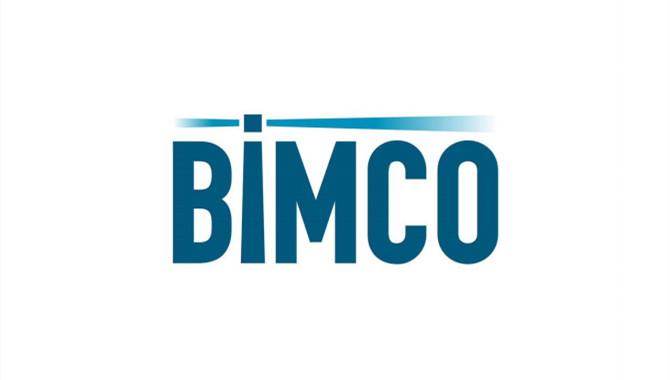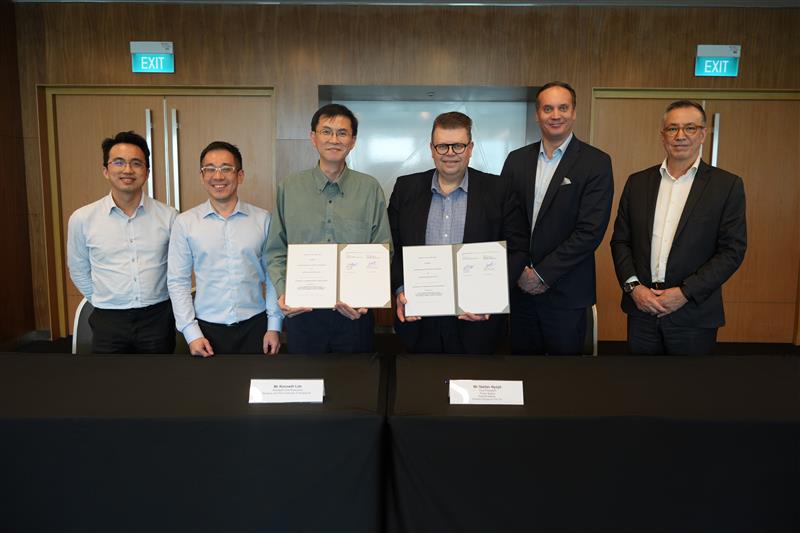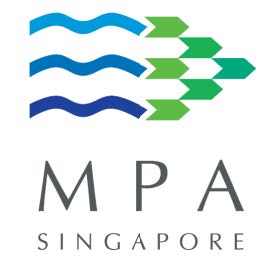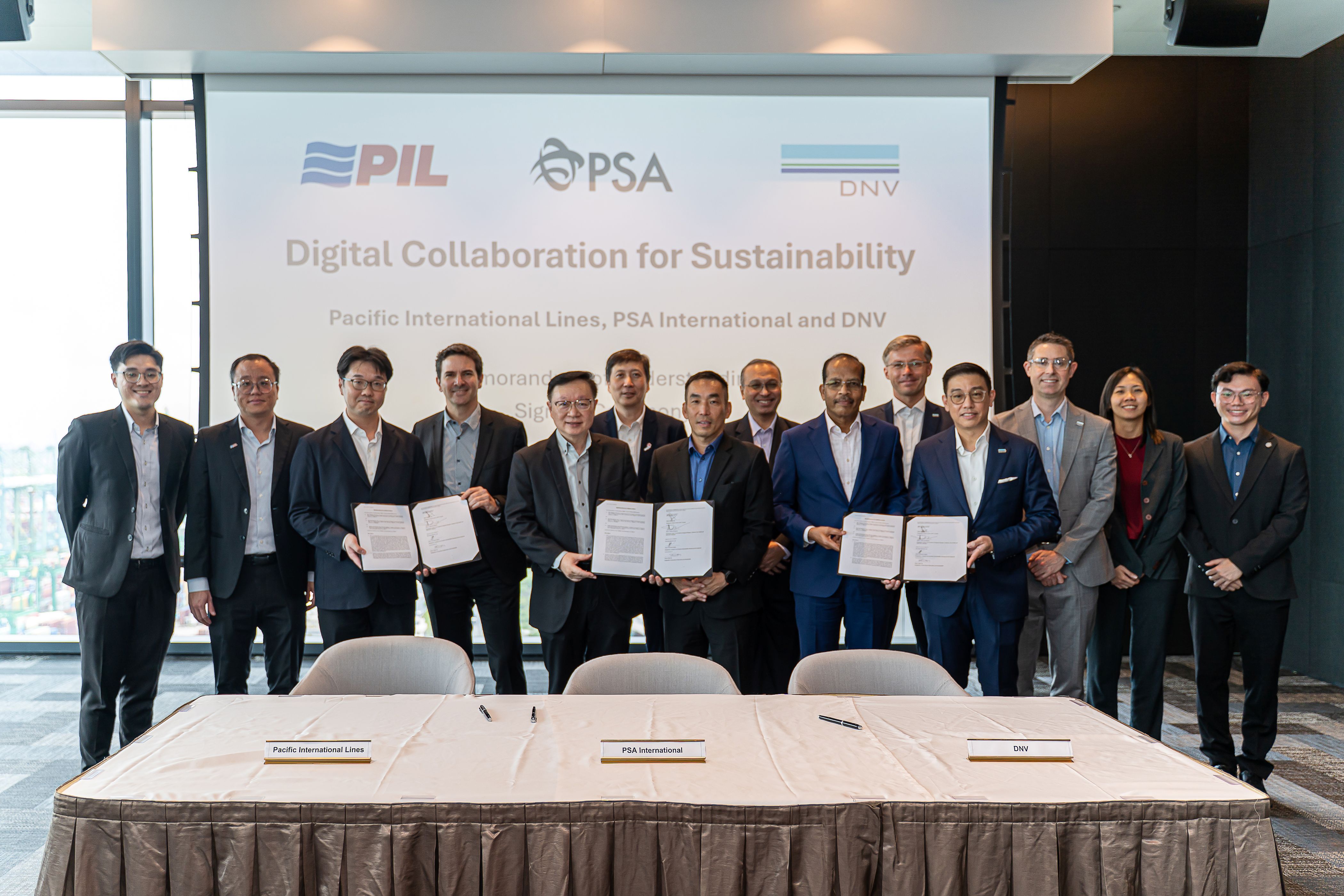
From 1 March 2020, not only the use of fuel oil with a sulphur content exceeding 0.50% will be prohibited, but even carrying fuel oil intended for use on board that ship, with a sulphur content exceeding 0.50%, will be prohibited, unless the ship is equipped with a certified equivalent such as an exhaust gas cleaning system (scrubber).
Yet, from 1 January 2020 (when the IMO 0.50% sulphur regulation takes effect) some ships may have non-compliant fuel left on board which will then have to be disposed off before 1 March.
This situation has prompted some members to ask whether it will be possible to blend the non-compliant fuel on board in order to achieve compliance and thereby avoid the very costly process of de-bunkering and potential loss of value of the non-compliant fuel oil.
Going forward, ships are also at risk of receiving fuel oil that, in contradiction with what is stated on the Bunker Delivery Note (BDN), turn out to be non-compliant. In such situations, on board blending could in some cases be an advantageous alternative to de-bunkering.
The regulatory barrier hindering on board blending is found in regulation 18.5 and 18.6 of MARPOL Annex VI, since the Bunker Delivery Note (BDN) is the legal proof of the sulphur content of the fuel oil delivered to a ship.
Interpretation of the BIMCO Secretariat
BIMCO members can read the interpretation of the BIMCO Secretariat as well as more details about the regulatory aspects of fuel blending on board on BIMCO’s website:
https://www.bimco.org/ships-ports-and-voyage-planning/environment-protection/2020-sulphur-cap/regulatory-and-technical/20192012---on-board-fuel-blending
Source:BIMCO
The opinions expressed herein are the author's and not necessarily those of The Xinde Marine News.
Please Contact Us at:
admin@xindemarine.com


 Baltic Exchange launches new Fuel Equivalence Conve
Baltic Exchange launches new Fuel Equivalence Conve  21 Consecutive Years of QUALSHIP 21 Recognition for
21 Consecutive Years of QUALSHIP 21 Recognition for  MPA and Wärtsilä Renew Partnership to Drive Marit
MPA and Wärtsilä Renew Partnership to Drive Marit  MPA and Dalian Maritime University Renew Partnershi
MPA and Dalian Maritime University Renew Partnershi  PSA INTERNATIONAL, DNV AND PACIFIC INTERNATIONAL LI
PSA INTERNATIONAL, DNV AND PACIFIC INTERNATIONAL LI  INTERCARGO Reaffirms Call for Simplicity as IMO Cli
INTERCARGO Reaffirms Call for Simplicity as IMO Cli